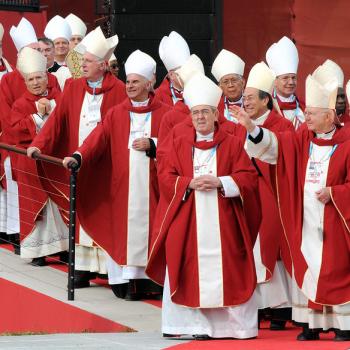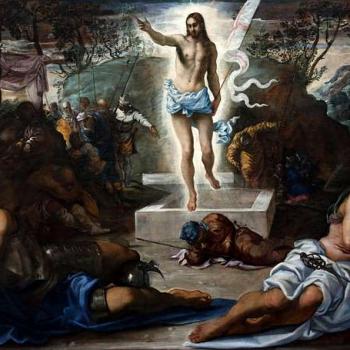We’ve been talking about Swedish literature–particularly, Bo Giertz’s The Hammer of God. This would be a good time to discuss the latest outbreak of Swedish literature on our shores, the publishing phenomenon of Swedish mysteries. The biggest sellers are by the late Stieg Larsson, whose “Millennium Trilogy” has sold millions, with the first title The Girl with the Dragon Tattoo being made into what looks like a blockbuster movie that will be released December 21.
I started reading these as vacation diversions last summer and have to admit that I enjoyed them immensely. I’m interested in the genre and the conventions of mystery stories. As with all artistic forms, it is possible to follow them mechanically, resulting in merely conventional writing. But they can also become the framework for infinite variations and fascinating applications. These Swedish mysteries are especially complicated and absorbing: There is not only ONE mystery to solve, there are several related mysteries. And there is not only ONE detective trying to figure everything out. There are several, working both together and at cross purposes with each other. (This is true of the Larsson books, and it is also true of another Swedish mystery that I read, The Hypnotist by Lars Kepler. Perhaps someone can say if these features are true of Swedish–or perhaps Scandinavian– mysteries as a whole.) Also, the alliance between the rumpled but idealistic journalist Mikael Blomkvist and the goth computer hacker Lisbeth Salander advances the tradition of unlikely partners in detection that began with Holmes and Watson. And Lisbeth is a truly compelling character, another eccentric-to-the-point-of-being-mentally-ill detective (think Adrian Monk) whose problems give them their advantages. The Girl with the Dragon Tattoo even makes use of the famous “locked room” plot and then completely, we might say, deconstructs it.












